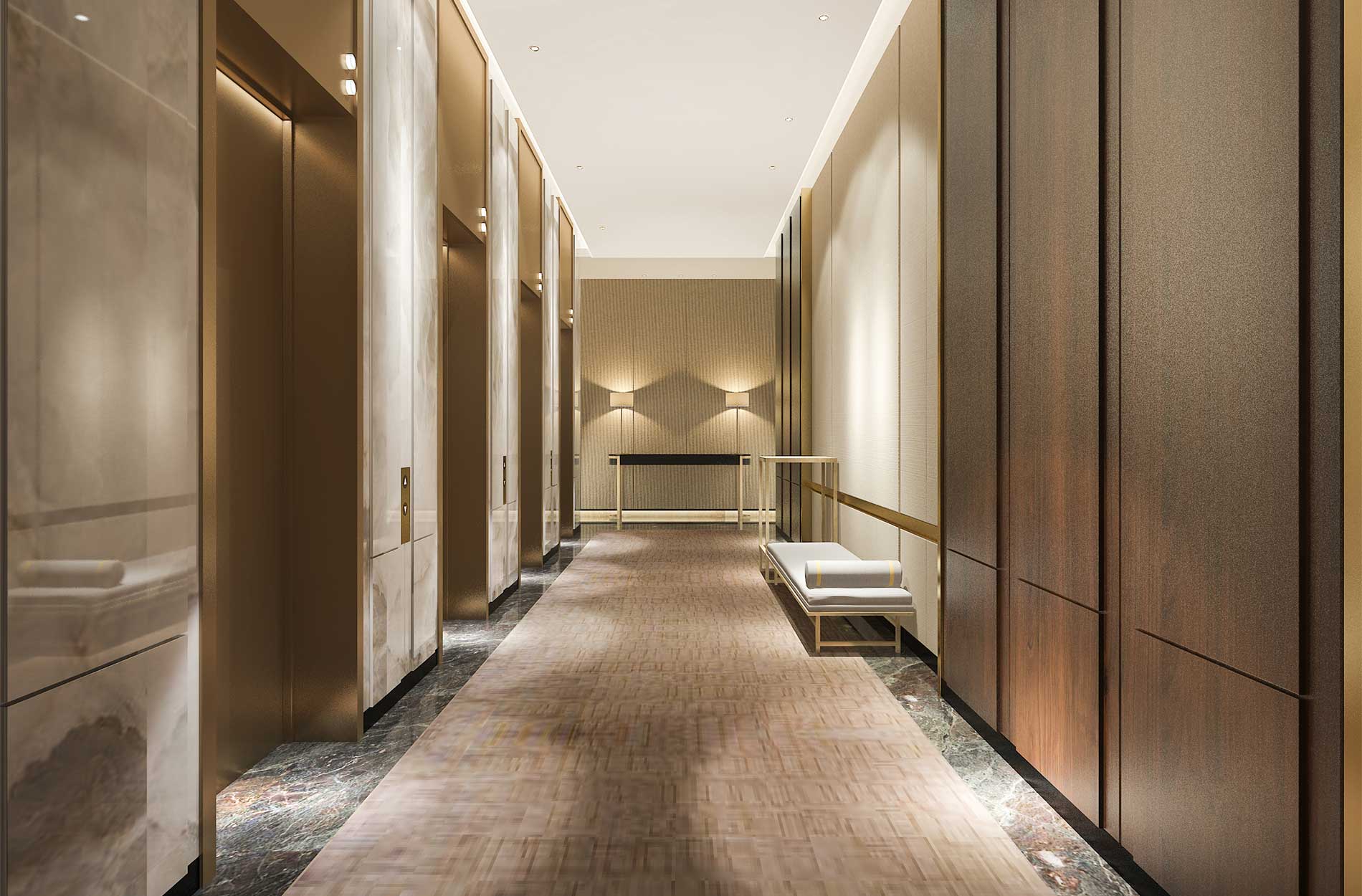
Join us for another guest blog series with the 3M™ DI-NOC™ Guru Brent Williams as he tackles the important topic of applying 3M DI-NOC to gypsum boards. If you’re considering using DI-NOC over gypsum (a.k.a drywall), there are a few things you should know before you start the project.
Applying 3M DI-NOC to Gypsum Board. Where? When? Why? How?
If you’re familiar with the architectural finish DI-NOC, you’ve probably heard that it can be easily applied and removed on several surfaces both in and outside of buildings. As a highly durable finish that comes in almost 1000 realistic design options, opportunities to use DI-NOC in the built environment are almost everywhere. So, it’s understandable why people would assume they could throw it on any surface and simply call it a day. But as they say in Facebookland, “It’s complicated.”
It’s not that DI-NOC shouldn’t be applied to drywall, but awareness of proper installation methods, correct surface prep techniques, use of the right primers, and general best application practices are critical to getting optimal results.
Working with Gypsum Board on Design Projects
Gypsum board is known in the design world by many names like drywall, sheetrock, wallboard, and frequently just “gyp.” When looking at the physical properties of gypsum, it’s actually not considered to be a truly strong or “hard” surface; in reality, it serves just like a veneer on the outside of a stronger structure. And while gyp may seem completely flat and smooth to the human eye, drywall is never 100% level or without some uneven texturing. Issues like the design, layout, and construction of the wall’s structure can lead to minor imperfections in both the plumb and flatness of its surface.
Why does this matter when it comes to applying 3M DI-NOC to gypsum? Because DI-NOC performs best on harder, flat surfaces and will take on the strength of whatever material it happens to be covering. Not to mention, without following the proper application process, applying DI-NOC to an uneven surface like drywall can easily distort the design intent you’re trying so hard to create.
DI-NOC vs. Wallpaper
One of the biggest mistakes you can make is treating DI-NOC the same way you treat a traditional wallcovering. Wallpaper is specifically designed to be applied to drywall, whereas DI-NOC was not. Therefore, you should not follow the same application instructions for wallpaper with DI-NOC as you would with traditional wallcoverings.
When applying DI-NOC to a gypsum surface, you need to be aware of the differences between them.
Steps for applying 3M DI-NOC to drywall:
- The drywall must be a Level-5 finish (smoothest finish possible) prior to the application
- Contract a 3M Endorsed Installation professional to apply the DI-NOC, who will then:
- Coat the wall with two layers of an approved sealant
- Prime the wall with an additional layer of primer specific to the DI-NOC system
- Apply the material according to the 3M Installation Guide
Steps for applying wallpaper to drywall:
- Prime your drywall (no finish level typically required)
- Cut your wallpaper to size
- Mark a plumb line and apply the first section
- Smooth the surface and continue applying
- Apply a coat of sealant once the wall is completely covered
Because the application process differs between wallpaper and DI-NOC, you also need to realize that any future removal process does as well. Wallpaper was made for drywall, so it causes little to no damage when you remove it in most cases. After applying DI-NOC to drywall, realize that the adhesive is made to be highly durable, to the point of being permanent. Therefore, removing the architectural finish has a very high risk of damaging your drywall, so account for this when making your materiality choices.
The Benefits of Using 3M DI-NOC on Gypsum Board
You may be wondering, if wallpaper is easier to work with on drywall, why would someone choose to use DI-NOC? Unlike wallpaper, DI-NOC’s architectural finishes accurately simulate realistic materials that wallpaper can’t recreate. For example, suppose you wanted your office wall to look like mahogany, metal or marble. In that case, DI-NOC gives you that realistic appearance at a fraction of the cost of installing the authentic materials.
Working Around Drywall to Apply 3M DI-NOC
Is there a way to use 3M DI-NOC without applying it directly to your drywall? Of course, there are many ways of creating optimal surfaces using DI-NOC. The addition of paneling or other flat and stable materials over your drywall can give you the best of both worlds. You can enjoy the realistic design aesthetic you want without risking damage to your drywall or working on an uneven surface.
Creating Unlimited Design Possibilities with Architectural Finishes
DI-NOC pushes the boundaries of design and creates countless looks that would be otherwise impossible using traditional wood, metal, stone, and brick surfaces. Before applying 3M DI-NOC to any surface, always consult with an expert on best practices and contract a professional to install it properly. If you’re interested in speaking to a qualified DI-NOC specialist, click here to connect with the NGS team.


